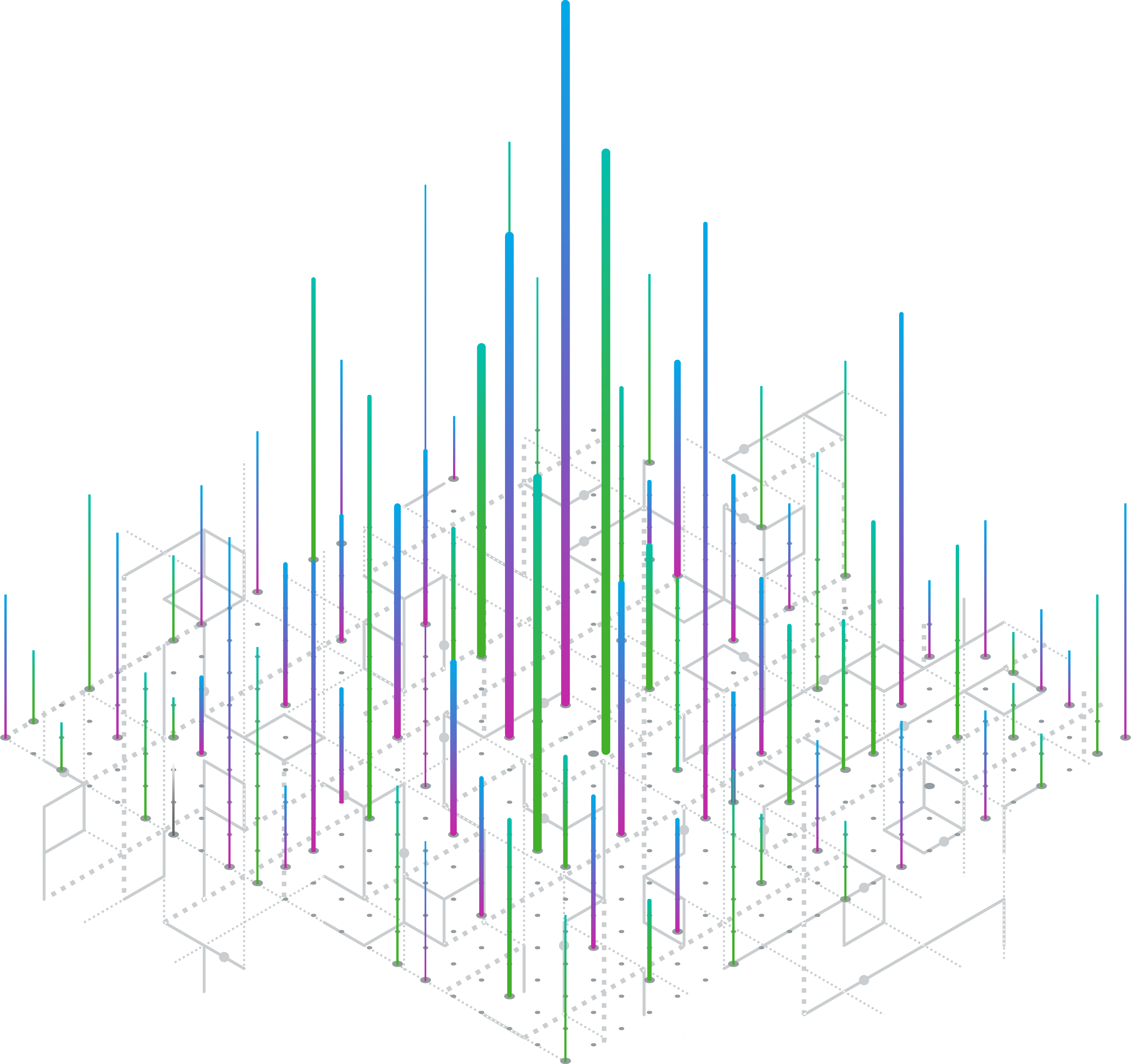Navigating the complex global patent landscape.
Introduction
The system to grant patents in Europe started in 1973, by European Patent Convention (EPC) through European Patent Office (EPO) for selected member countries. As per this traditional process, patent applicants via a single patent application are required to seek recognition for their inventions in each selected member country where they intend to avail the patent protection, which is referred to as a “classic” European patent. Currently, 39 member countries are part of this process, where an applicant needs to validate and maintain patent protection in each interested country1. However, effective 1 June 2023, the EPO introduced new patent rights and prosecution methods. The EPO process remains unchanged, but once the application is authorized and granted, the claimant has one month from the publication date to obtain a "Unitary Patent (UP)" from the EPO, providing a unified effect. Along with the unified patent system, a specialised court known as the "Unified Patent Court (UPC)" has also been established to resolve patent disputes in Europe. The UPC will adjudicate the infringement and validity of both unitary patent and classic European patents that do not opt out of the unitary system2.
Salient features of Unitary patent and UPC
The unitary patent is governed by EU Regulation No 1257/2012, which provides European Union (EU) member countries with uniform protection from a single source without changing the existing procedures for national and conventional European patents2. When the same patent claims are awarded to all member states and stated properly, this patent offers consistent protection throughout participating nations. The unitary patent has no effect on the EPO's search, examination, and granting procedures. It supplements current national and traditional European patents rather than replaces them. As a result, patent applicants can select between both paths or to do both simultaneously based on their needs and interests3.
A “transition phase” began on 1 January 2023, and a three-month "sunrise period" began on 1 March 2023,permitting the patent holders to protect their rights by proactively exempting patents from UPC jurisdiction by availing the provision of “opt-out”. This option of opting out has been made available only during the transition phase and will be valid until at least 1 June 2030 (could be extended by up to another 7 years following an assessment). During this transition phase, EPs could be excluded via opt-out, and prior opt-outs could be withdrawn with restrictions4. The opt-out method is available for granted national supplementary protection certificates (SPCs) and related European patents, including expired ones as well, in the case of already awarded SPC. Under Rule 71(3) of the examination procedure, an option to choose for delay of the grant of an EP patent was available before the enactment of UPC. The below table compares unitary patents to classic European patents 1,2,5 (Table 1).
| Criteria | Classic European Patent | Unitary Patent |
| Geographical Scope | 39 Contracting EU Member states | 17 Ratified EU Member states |
| Patent Protection | Fragmented | Uniform |
| Post-grant | Bundle of National Patents | Single Patent |
| Renewal fee | Country by country basis; the equivalent cost of renewal in 25 separate member states during the lifetime of a classic EP patent comes to approximately 160,633EUR | Single fee; cost of renewal in all member states during the lifetime of a unitary patent comes to approximately 35,555 EUR |
| Transition Phase | Opt-out; Opt-out withdrawal | No Opt-out |
| Litigation Outcome | Nationally valid | Centrally valid |
| Transfers & Licensing | Country-by-Country basis | Centralized |
| Flexibility | Provision for Selective member states | By default, for all 17 Ratified EU Member states |
| Administrative | Followed by Centralized grant, a classic EP patent requires individual validation and maintenance in each country, involving translations, and coordination with multiple national offices | Single application, EPO acts as a onestop- shop, brings down administrative procedures and translation fees |
| Jurisdiction | Multiple National Jurisdictions and Unified Patent Court (if not opted out) | Unified Patent Court |
| Small and medium sized enterprises (SMEs) |
High translation cost | Compensation scheme reducing translation fees to a lump-sum payment of EUR 500 |
Table 1: Difference between classic and unitary patent
One of the essential components of the unitary patent system is the UPC court, which aims to provide a more efficient and effective way of resolving patent disputes across participating EU member states. It allows patent holders to enforce their rights and seek remedies for infringement in a simplified manner, avoiding the need to litigate in multiple national courts. The Agreement on Unified Patent Court (UPCA) currently has been signed by 24 EU member states where 17 states have already ratified it including Austria, Belgium, Bulgaria, Denmark, Estonia, Finland, France, Germany, Italy, Latvia, Lithuania, Luxembourg, Malta, Netherlands, Portugal, Slovenia, and Sweden. The remaining 7 EU member states that have signed the UPCA have the option to ratify it at any time. Due to this timeline of ratification, there may be different generations of unitary patent depending on when the patent is granted, and which countries have ratified the UPC agreement at the time of grant. Once a unitary patent is granted, its geographical or territorial scope cannot be changed5.
Procedure to Obtain Unitary patent
The systematic procedure for obtaining a unitary patent is driven by the EPO and the EPC. A European patent must be granted with an identical set of claims for all 24 EU member states to be eligible for the unified effect of unitary patent protection. This process involves several key phases listed below:
- European patent application: A patent application needs to be submitted to the EPO, indicating the desired countries where patent protection is to be sought.
- Granting of European patent: EPO grants European patent, once all the criteria are met.
- Opting for unitary patent: Within one month of the grant of the European patent, a patent holder must opt for unitary effect along with the translation of the granted EP patent, where all legal events will be based on the original granted documents (A6(2) EU Regulation no. 1260/2012). With this, the need for validation in individual countries is replaced within the unitary patent system2,5..
European patent data on Ark Patent Intelligence
Within the Ark Patent Intelligence platform by IQVIA, a new flag has been introduced to distinguish between classic European patent and European patent under UPC. It can be located in the Drug Snapshot (Global view) module under the Key Patents tab and the Key Patents module (Table 2) indicating whether the patent falls under the jurisdiction of the UPC or has been opted out.
| Flag type | Significance |
 |
Under the competence of the Unified Patent Court |
 |
Out of the competence of the Unified Patent Court |
Table 2: Unitary flags as shown on Ark Patent Intelligence
Source: Ark Patent Intelligence
According to the Ark Patent Intelligence database, as of July 2023, among the total of 17,000+ classic EP patents available on Ark, 9,000+ European patents are out of scope of UPC due to legal negative status. Statistically, 3,445 patents have chosen to opt-out and 4,137 patents now fall under the competence of UPC (Figure 1).

Figure 1. Number of unitary vs classic European patent Source: Ark Patent Intelligence
The detailed list of the unitary patent signified as “UP” and opt-out members signified as “UPO” code can be located within the Ark Patent Intelligence data exports indicating whether the patents fall under the competence of the UPC or are outside its jurisdiction, respectively.
Conclusion
The unitary patent looks to be a key step towards a more established and systematic structure for reviewing and enforcing European patents. This is significant because of the combined effect of all participating countries in securing more efficient and cost-effective patent protection. Although the unitary patent system provides complete benefits for all 17 member states opted in, it does, however, have its own set of restrictions and obstacles.
Nevertheless, its potential advantages make it an appealing choice for those seeking patent protection in many EU member states. It will be interesting to see how pharmaceutical companies strategically use the new unitary patent system.
References
1. https://new.epo.org/en/legal/guide-epc/2022/index.html
2. https://new.epo.org/en/legal/guide-up/2022/index.html
3. https://www.dyoung.com/en/knowledgebank/faqs-and-guides/guide-unitary-patent-up
4. https://intellectual-property-helpdesk.ec.europa.eu/news-events/news/unitary-patent-opt-out-and-sunriseperiod-2023-04-13_en
5. https://www.mewburn.com/law-practice-library/the-eu-unitary-patent-and-the-unified-patent-courtexplained
Ark Patent Intelligence is produced by IQVIA, a global provider of intelligence for the pharmaceutical sector, and provides solutions to pharmaceutical firms in every continent. To find out more, please visit here.
Related solutions
Maximize your generic portfolio.


























